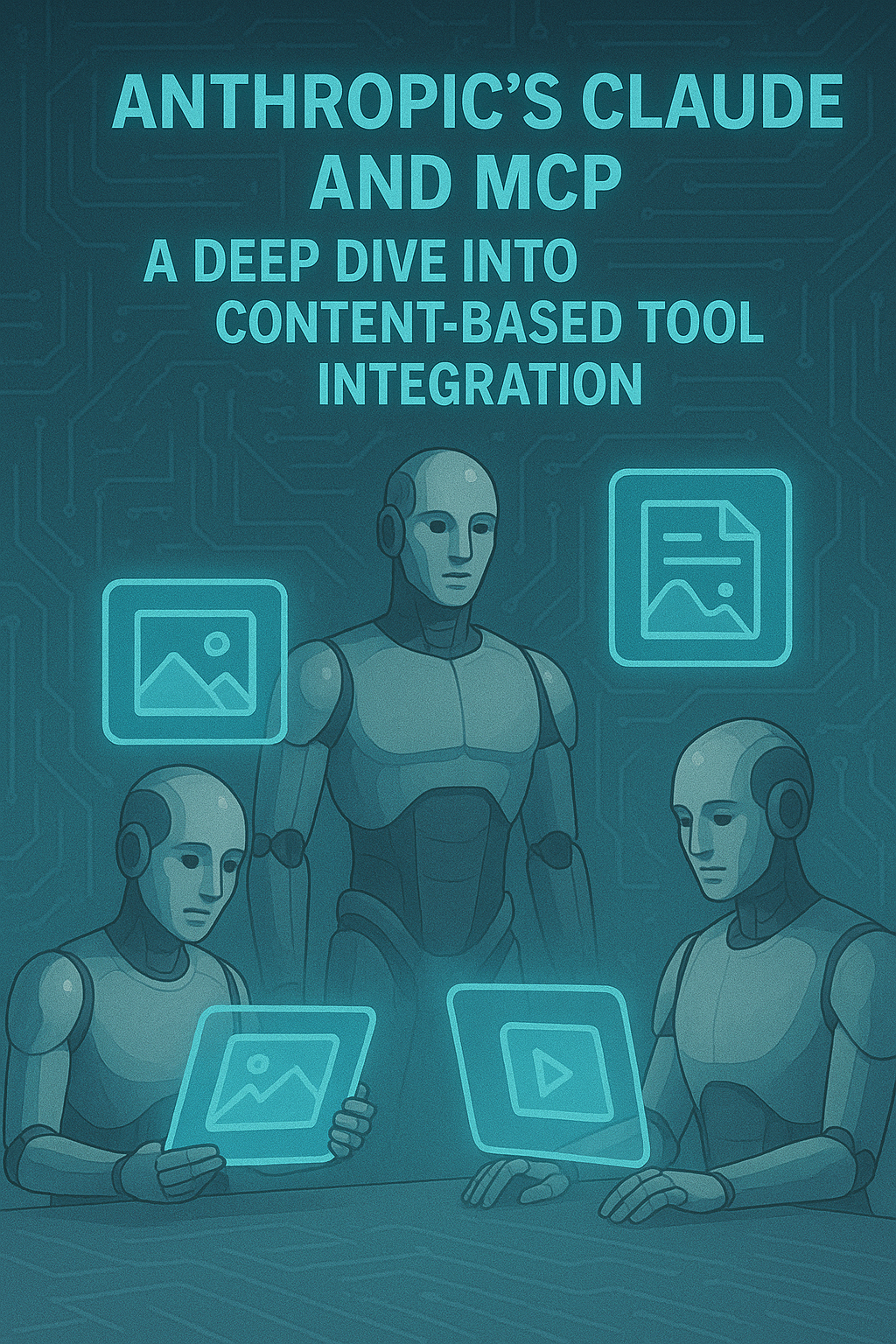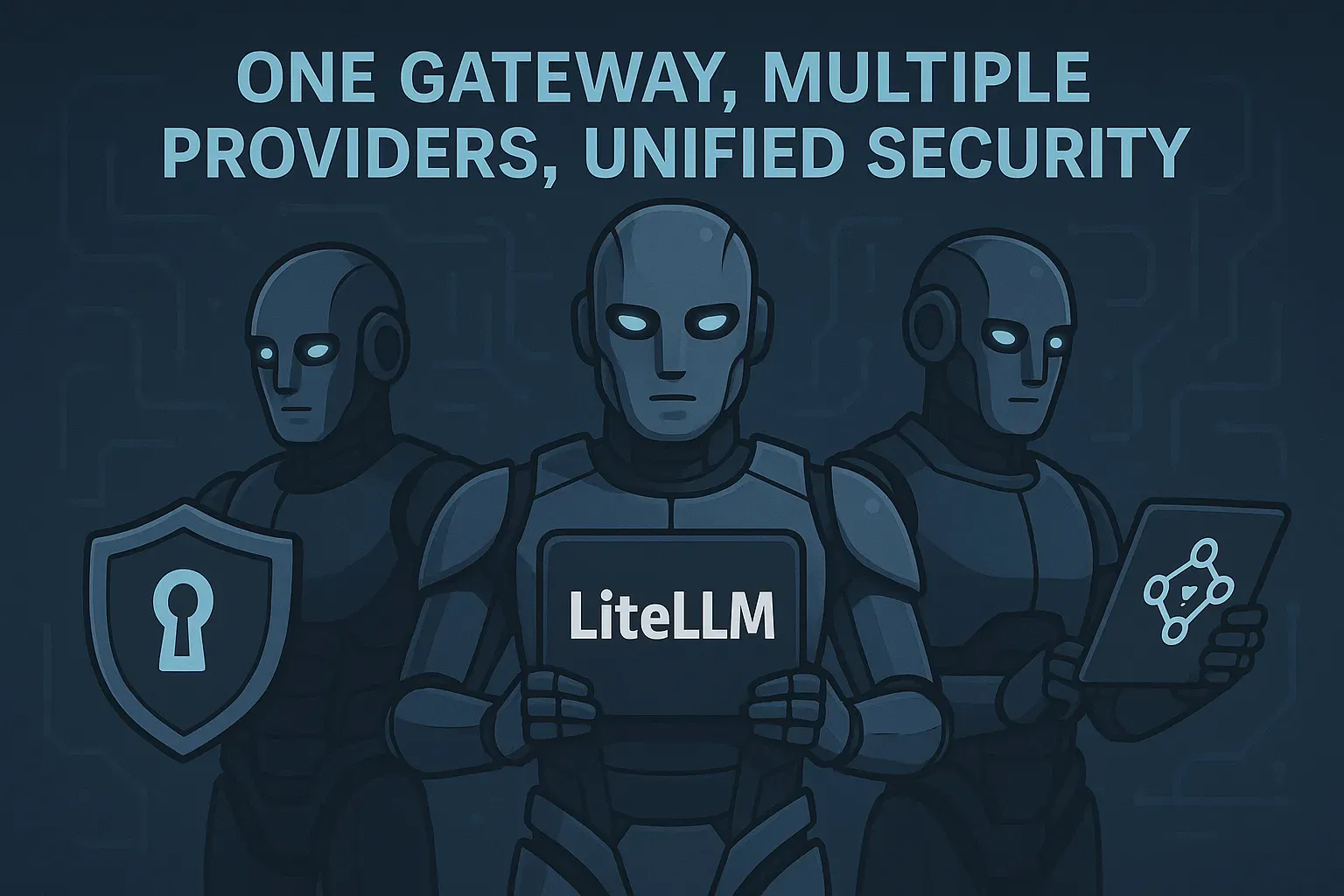Part 1 Conversation about Streamlit while walking
On a sunny afternoon, Rick and Chris were walking and chatting about Streamlit, a popular Python library for creating web applications. Their conversation flowed naturally, covering various aspects of this intriguing tool.
(This article originally appeared on 10/25/2024 on LinkedIN.)
 Rick:“Hey Chris, I’ve been hearing a lot of buzz about Streamlit lately. So, what’s the scoop on it, especially when it comes to UI stuff? I’m toying with the idea of whipping up a CRUD app PoC with a slick interface. You think Streamlit’s the way to go for that kind of thing?”"Chris:“Oh, Streamlit is fantastic for that kind of project, Rick! It’s become quite popular for data apps and prototypes. The beauty of it is how it turns Python scripts into interactive web apps with minimal effort.”Rick:“That sounds promising. I am looking for a quick and dirty solution as a proof of concept. Hmmmm.. I wonder…. What kind of UI elements does it offer?”Chris:“Quite a range, actually. You’ve got your basic text elements like titles and headers, data display options for tables and metrics, and a variety of input widgets - buttons, sliders, text inputs, you name it. It even integrates well with data visualization libraries like Matplotlib and Plotly.”Rick:“Interesting. Are there any alternatives I should consider?”Chris:“Well, there’s Dash, which is also Python-based but more focused on analytical web applications. Or you could go the traditional route with Flask or Django paired with a frontend library, but that’s more complex.”Rick:“Got it. What about other languages? Any similar frameworks that simplify web development?”Chris:“Absolutely! If you’re into R, there’s Shiny. For Java developers, Vaadin is a great option. And if you’re looking to build desktop apps, Tauri and Electron are worth checking out.”Rick:“Thanks, that’s helpful. I think I will stick with Python for now. Can you walk me through the basics of how Streamlit works?”Chris:“Sure thing! Streamlit apps are basically Python scripts. You start by importing Streamlit, then use its functions to add widgets and layout elements. It’s reactive, so whenever an input changes, the script reruns from top to bottom, updating the app dynamically.”Rick:“That sounds straightforward. What about working with databases?”Chris:“While Streamlit doesn’t directly connect to databases, you can easily use Python’s database libraries. You’d typically use something like SQLAlchemy to connect to your database, run queries, and then display the results using Streamlit’s functions.”Rick:“And deploying a Streamlit app? How does that work?”Chris:“You’ve got several options there. Streamlit Cloud is the simplest - it connects directly to your GitHub repo. But you can also use services like Heroku, AWS Elastic Beanstalk, or even Docker if you prefer containerization.”Rick:“This has been really informative, Chris. Thanks a lot!”Chris:“Happy to help, Rick! If you have any more questions as you dive into Streamlit, don’t hesitate to ask. Happy coding!”
Rick:“Hey Chris, I’ve been hearing a lot of buzz about Streamlit lately. So, what’s the scoop on it, especially when it comes to UI stuff? I’m toying with the idea of whipping up a CRUD app PoC with a slick interface. You think Streamlit’s the way to go for that kind of thing?”"Chris:“Oh, Streamlit is fantastic for that kind of project, Rick! It’s become quite popular for data apps and prototypes. The beauty of it is how it turns Python scripts into interactive web apps with minimal effort.”Rick:“That sounds promising. I am looking for a quick and dirty solution as a proof of concept. Hmmmm.. I wonder…. What kind of UI elements does it offer?”Chris:“Quite a range, actually. You’ve got your basic text elements like titles and headers, data display options for tables and metrics, and a variety of input widgets - buttons, sliders, text inputs, you name it. It even integrates well with data visualization libraries like Matplotlib and Plotly.”Rick:“Interesting. Are there any alternatives I should consider?”Chris:“Well, there’s Dash, which is also Python-based but more focused on analytical web applications. Or you could go the traditional route with Flask or Django paired with a frontend library, but that’s more complex.”Rick:“Got it. What about other languages? Any similar frameworks that simplify web development?”Chris:“Absolutely! If you’re into R, there’s Shiny. For Java developers, Vaadin is a great option. And if you’re looking to build desktop apps, Tauri and Electron are worth checking out.”Rick:“Thanks, that’s helpful. I think I will stick with Python for now. Can you walk me through the basics of how Streamlit works?”Chris:“Sure thing! Streamlit apps are basically Python scripts. You start by importing Streamlit, then use its functions to add widgets and layout elements. It’s reactive, so whenever an input changes, the script reruns from top to bottom, updating the app dynamically.”Rick:“That sounds straightforward. What about working with databases?”Chris:“While Streamlit doesn’t directly connect to databases, you can easily use Python’s database libraries. You’d typically use something like SQLAlchemy to connect to your database, run queries, and then display the results using Streamlit’s functions.”Rick:“And deploying a Streamlit app? How does that work?”Chris:“You’ve got several options there. Streamlit Cloud is the simplest - it connects directly to your GitHub repo. But you can also use services like Heroku, AWS Elastic Beanstalk, or even Docker if you prefer containerization.”Rick:“This has been really informative, Chris. Thanks a lot!”Chris:“Happy to help, Rick! If you have any more questions as you dive into Streamlit, don’t hesitate to ask. Happy coding!”






